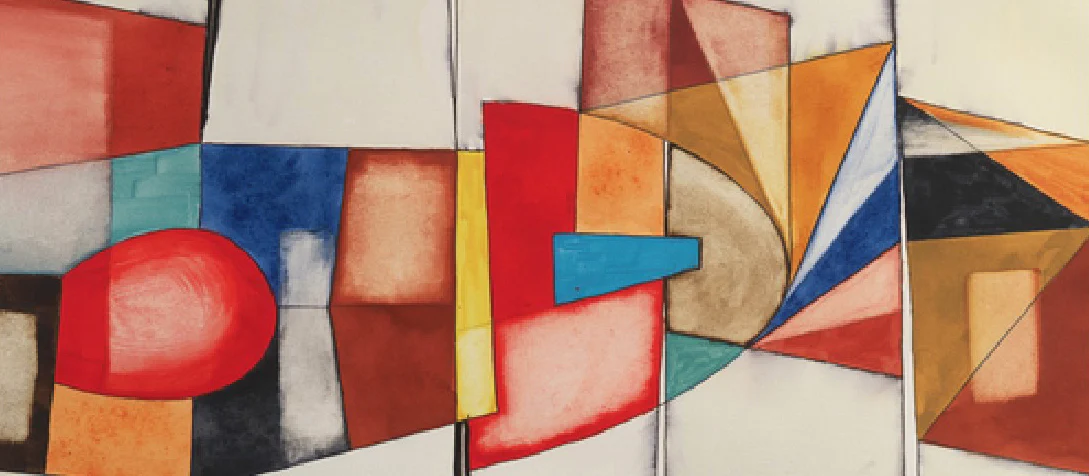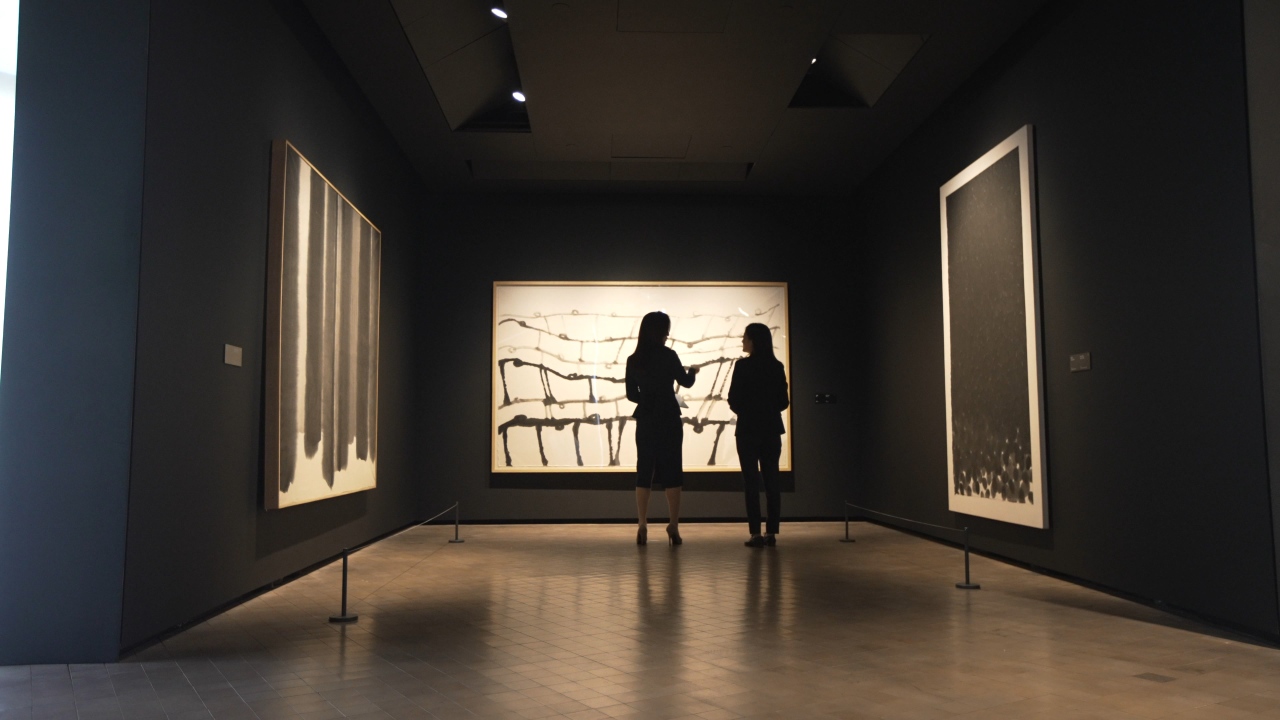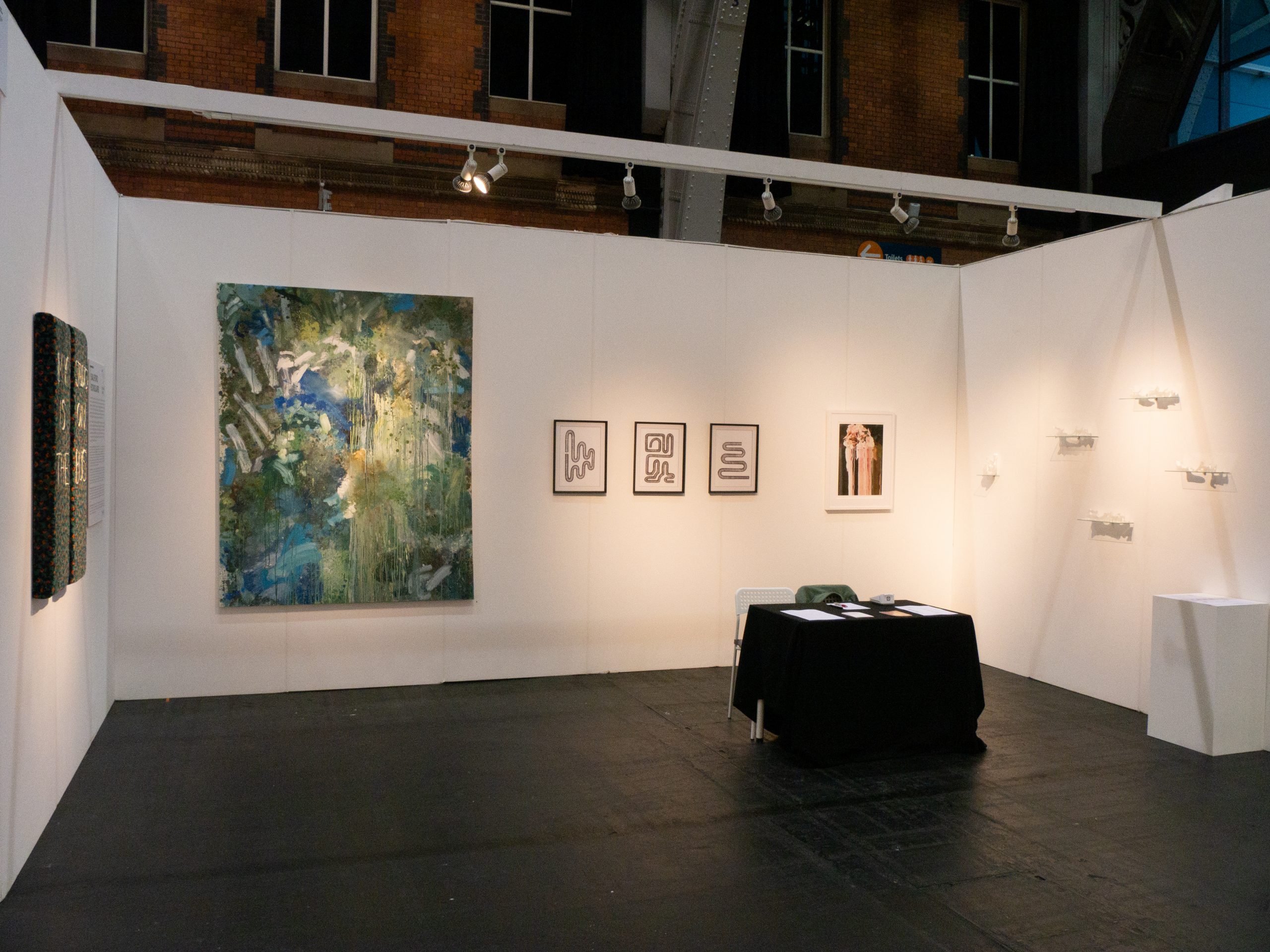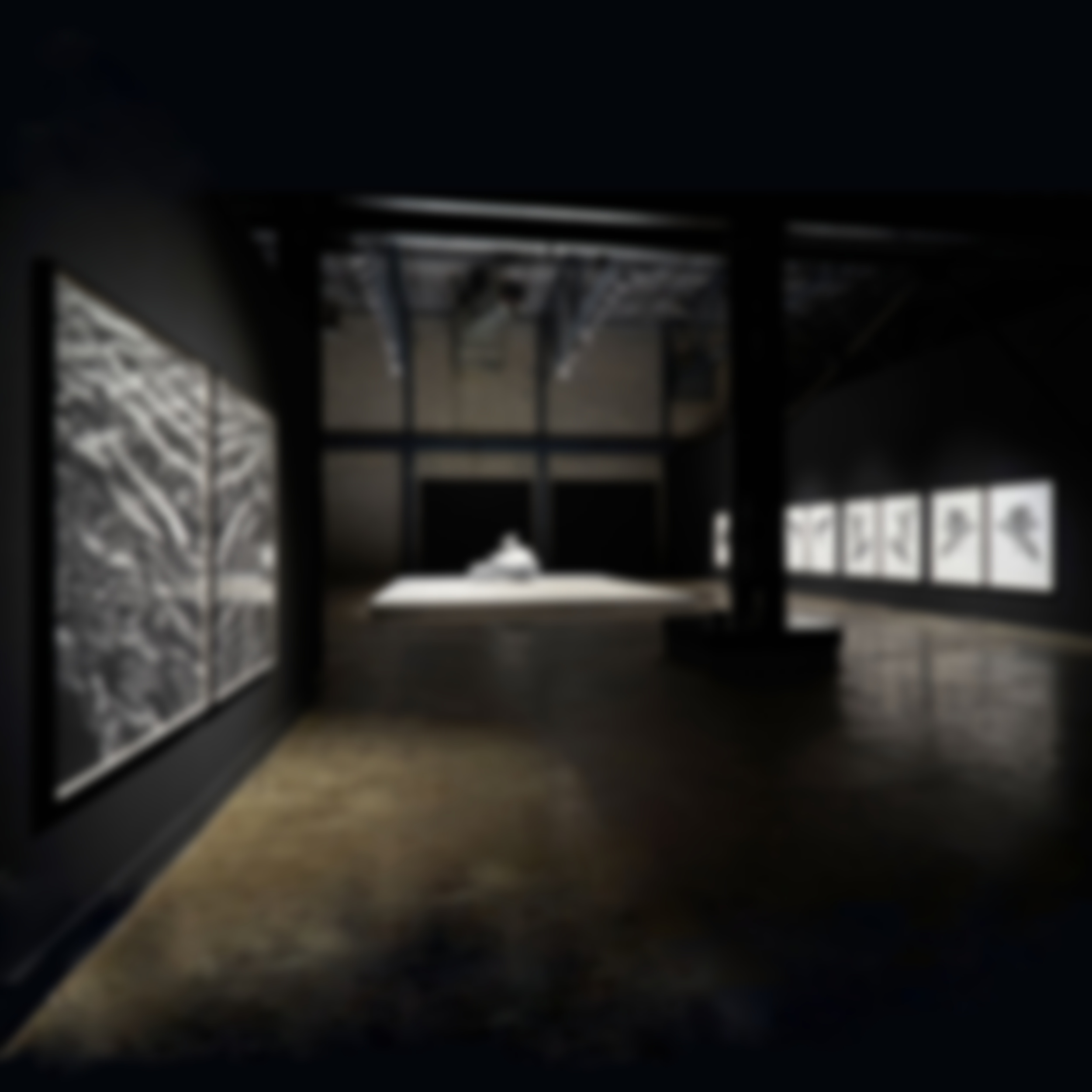Contemporary art stands at the forefront of modern creativity, constantly challenging and redefining the boundaries of artistic expression, much like how legit paper writing websites supports students in navigating the complexities of programming challenges. This dynamic and diverse field encompasses a wide range of forms and styles, reflecting the complex nature of today’s world. From the impactful paintings of Jackson Pollock to the innovative video art of artists living today, contemporary art is a mirror to our times, offering insightful perspectives on the present day. This page delves into the world of contemporary art, exploring its definition, the role of visual art in shaping culture, the interplay of technology and art, and the evolving landscape of the fine art world.

Defining Contemporary Art: Understanding the Present Art World
Contemporary art, strictly speaking, is art produced by artists living today, reflecting the issues and complexities of the present day. Unlike specific art movements defined by time periods, contemporary art is not confined to any one style or form. It encompasses everything from painting and sculpture to performance art and video art. This diversity is what makes contemporary art so fascinating and at times challenging to define. The notion of what constitutes art has significantly broadened, inviting an open mind and a willingness to explore beyond traditional forms and ideas. As one critic might say, contemporary art is defined not just by the artwork itself but by the cultural and social context in which it is created.
The capstone project, a culmination of a student’s learning experience, requires meticulous planning, research, and execution. For students seeking support, academic writing services provide invaluable assistance, helping to conceptualize, develop, and finalize capstone projects that reflect a deep understanding of the subject matter.
Spotlight on Contemporary Artists: Pioneers of Modern Creativity
Many contemporary artists have pushed the boundaries of traditional art forms to create works that are innovative and thought-provoking. Artists like Jackson Pollock, known for his drip paintings, have played a pivotal role in shaping the contemporary art scene. These artists challenge conventional notions of beauty and form, using their work to explore complex themes such as cultural identity and the human condition. Contemporary painters and sculptors often draw inspiration from a range of sources, including nature, architecture, and even light, to express their unique perspectives. The work of these artists is regularly featured in museums and galleries around the world, offering a glimpse into the diverse and dynamic nature of contemporary art.
The availability of a “domyessay promo code” provides a financial advantage for students seeking expert writing help. By applying this promo code, students can enjoy discounts on orders, making it easier to budget for high-quality, custom-written essays that meet their specific academic needs and standards.

The Role of Visual Art in Shaping Contemporary Culture
Visual art in the contemporary period has a profound impact on shaping cultural identity and reflecting societal changes. Since World War II, there has been a significant shift in the way art is perceived and experienced. Contemporary art often serves as a medium for artists to comment on current events, social issues, and the human experience. It has the power to influence public opinion, provoke thought, and evoke emotional responses. This form of art transcends mere aesthetics, becoming a crucial part of the cultural dialogue. From public art installations to museum exhibitions, contemporary visual art continues to play a vital role in shaping the cultural landscape of our times.
The Intersection of Technology and Art in Contemporary Creations
The advent of new technologies has dramatically transformed the landscape of contemporary art. Artists are increasingly incorporating digital mediums, such as video art and digital sculpture, into their work. This intersection of technology and art has opened up new possibilities for creative expression, allowing artists to explore and manipulate light, sound, and even virtual reality. The result is a new form of art that challenges traditional notions of what art can be and how it can be experienced. Contemporary art galleries and museums are now showcasing these technological creations, highlighting the evolving nature of art in the modern world.

Fine Art in the Modern Era: Trends and Transformations
The world of fine art has undergone significant transformations in the contemporary period. New trends have emerged, influenced by changes in society, culture, and technology. Contemporary fine art is no longer confined to canvas and sculpture, it now includes a wide range of mediums and styles, from abstract forms to hyper-realistic paintings. Art fairs and exhibitions around the world, such as those in New York, showcase these trends, offering a platform for both established and emerging artists to present their work. These events also provide a glimpse into the future of fine art, revealing how contemporary artists are continuously reimagining and reinventing artistic expression.
Global Perspectives: How Contemporary Art Transcends Borders
Contemporary art is a global phenomenon, transcending geographical and cultural borders. Artists from diverse backgrounds bring their unique perspectives to the art world, enriching it with a variety of styles and themes. This global nature of contemporary art allows for a rich exchange of ideas and forms, contributing to a more inclusive and comprehensive understanding of art. Exhibitions and collections in museums across the world, from New York to Tokyo, showcase the works of international artists, highlighting the interconnected nature of the contemporary art scene. Through these global perspectives, contemporary art becomes a powerful tool for fostering cross-cultural understanding and dialogue.

The Business of Art: Navigating the Contemporary Art Market
The contemporary art market is a complex and dynamic arena, where art is not only created and exhibited but also bought and sold. Navigating this market can be challenging for both artists and collectors. Contemporary art fairs and galleries play a crucial role in this business, serving as key venues for the sale and purchase of artwork. For artists, understanding the market is essential for gaining exposure and achieving commercial success. For collectors, the market offers a diverse array of artworks to choose from, each representing a unique investment in culture and creativity. The contemporary art market, while competitive, is also a space of immense opportunity, where the value of art is continuously redefined and where new talents can emerge and thrive.
In conclusion, contemporary art is a vibrant and ever-evolving field that reflects the complexities and nuances of the modern world. From the pioneering work of artists like Jackson Pollock to the innovative use of technology in art, contemporary creations offer a rich tapestry of expressions and forms. Through its global reach and its impact on culture and society, contemporary art continues to inspire and challenge, pushing the boundaries of what art can be. As we explore the dynamics of today’s artistic innovations, we gain a deeper appreciation for the role of art in our lives and its power to transcend time, place, and convention, constantly redefining the beauty and essence of the world around us.
